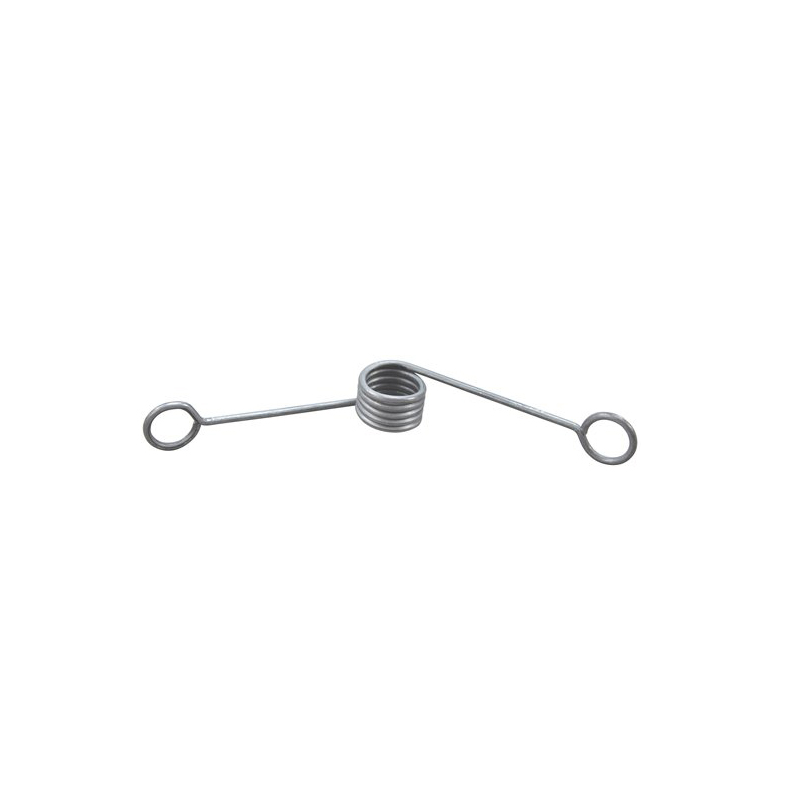
- Mobile Phone
- +8613931874955
- sales@cntcmetal.com
Exploring the Benefits and Designs of Timber Frame Connections and Ties
Timber Frame Ties A Crucial Element in Construction
Timber frame construction has been a pivotal element in architecture for centuries, known for its durability, aesthetic appeal, and the warmth it brings to a structure. Among the various components that fortify timber frames, timber frame ties play a critical role, ensuring stability and structural integrity. This article delves into the significance of timber frame ties, their types, applications, and benefits in modern construction.
Timber frame ties are structural members that connect different parts of a timber frame, typically found in roofs and walls. Their primary function is to prevent the lateral movement of the framework and provide support against both vertical and horizontal loads. This is particularly important in areas prone to high winds or seismic activity, where the stability of the structure can be compromised. By distributing loads effectively, ties enhance the overall resilience of timber frames, making them a reliable choice in various building applications.
There are several types of timber frame ties, each designed to serve specific functions. The most common types include tie beams, struts, and braces. Tie beams are horizontal members that connect the tops of two vertical posts, forming a rigid structure. They are essential in resisting bending and transferring loads across the frame. Struts, on the other hand, are angled braces that provide additional support to the frame, particularly in roof assemblies, ensuring that the weight is carried efficiently down to the foundation. Braces are diagonal members that help to stabilize the structure and prevent racking, which can occur when forces are applied to the frame.
timber frame ties

In modern construction, timber frame ties have evolved with advancements in engineering and design. Traditionally, joinery techniques such as mortise and tenon joints were used, creating strong connections that allowed for some flexibility while preventing failure. Today, various connector hardware options, like steel brackets and fasteners, are employed to enhance the strength and durability of these connections. The integration of modern materials not only improves the performance of timber frame ties but also allows for more intricate and aesthetically pleasing designs.
One of the remarkable benefits of using timber frame ties is their environmental impact. Timber is a renewable resource, and when sourced sustainably, it offers a low carbon footprint compared to steel or concrete. Moreover, timber frames can be energy-efficient, allowing for better insulation and natural ventilation within buildings. The use of ties in timber framing complements these benefits, as they help create well-structured, aesthetically pleasing spaces without compromising structural integrity.
In terms of applications, timber frame construction with ties is versatile enough to be used in residential homes, commercial buildings, and even expansive agricultural structures. Homeowners often choose timber frames for their rustic charm and unique character, while builders appreciate the speed and efficiency of constructing with timber ties. Additionally, timber frames can be adapted to various architectural styles, from traditional to contemporary, making them an appealing choice in diverse construction projects.
To summarize, timber frame ties are critical components in the construction of timber frames, ensuring stability, strength, and resilience. With a variety of types and modern technological advancements, these ties contribute significantly to the overall performance of timber structures. As sustainability concerns continue to rise in the construction industry, timber frames, bolstered by the functionality of ties, stand out as an environmentally friendly choice that does not compromise on durability or aesthetics. The future of timber framing, with the support of advanced ties, looks promising as more architects and builders recognize its potential.
share:
-
Understanding Wall Ties: Types and ImportanceNewsApr.28,2025
-
Top Products for Your Yard and Signage NeedsNewsApr.28,2025
-
The World of SpringsNewsApr.28,2025
-
Masonry Accessories: Essential for Building Strong FoundationsNewsApr.28,2025
-
Fencing Solutions for Every NeedNewsApr.28,2025
-
A Comprehensive Guide to Iron Wire for Your Construction NeedsNewsApr.28,2025
-
The Versatility of Wire Tension SpringsNewsApr.16,2025



















